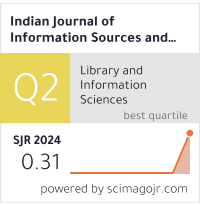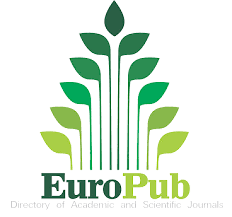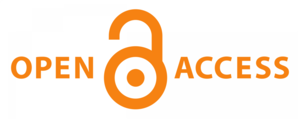Catalysts of Change: The Transformative Journey from HR 1.0 to HR 5.0 – Innovations, Challenges, and Strategies in Human Resource Management with Technology and Data-Driven Integration
DOI:
https://doi.org/10.51983/ijiss-2025.IJISS.15.1.08Keywords:
Human Resources Management, Changes of HR Management, Challenges and Strategies in HR Management, HR 1.0- HR 5.0 and Beyond, Digitalization of HRM, Innovation and Application in HRM, Information Technology and Data-Driven Decision MakingAbstract
Human Resource Management (HRM) has evolved significantly, transitioning from HR 1.0 to HR 5.0 due to technological advancements, shifting demographics, and the demands of the global business environment. This chapter highlights the evolution of HRM discussions, focusing on the key changes, concerns, and approaches that have characterized this transformation. In the HR 1.0 phase, the emphasis was on paperwork and routine clerical tasks. This laid the basis for the kind of advancement that was HR 2.0, which brought into account computerization and rudimentary data interconnection. In HR 3.0, SHRM became dominant, meaning that organizational HR practices were oriented only to achieving strategic objectives. There was a shift in the application of digital technology in performing human resource activities under the emergence of HR 4.0. The present phase is called Human Resources 5.0 (HR 5.0), which marked the strain referred to as ''People First." This approach is a mixture of Technologies Focus and Humanity Focus with an ample concern on the experience and emotional state of the employees fused with the capacity of the organizations to deal with competitive issues common to most firms.
It also explores the influences that have led to these changes such as; technological developments, geographic expansion, and prospective staff demands. It also looks at possible risks linked to each shift among them, resistance to change in organization cultures, threats to data privacy amongst others plus the need to acquire higher skills. Moreover, the triple-layered paper maps actionable approaches toward the transformation of HR that are supported by cases that focus on learning culture, diversification, inclusion, and the utilization of big data. Reading through this paper to understand how HR has evolved from 1.0 to 5.0, will help HR managers, and organizations get ideas on how to meanwhile shape their human resource management strategies and advancement in the ever-growing global economy.
Downloads
Published
How to Cite
Issue
Section
License
Copyright (c) 2025 The Research Publication

This work is licensed under a Creative Commons Attribution-NonCommercial-NoDerivatives 4.0 International License.









